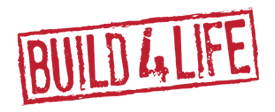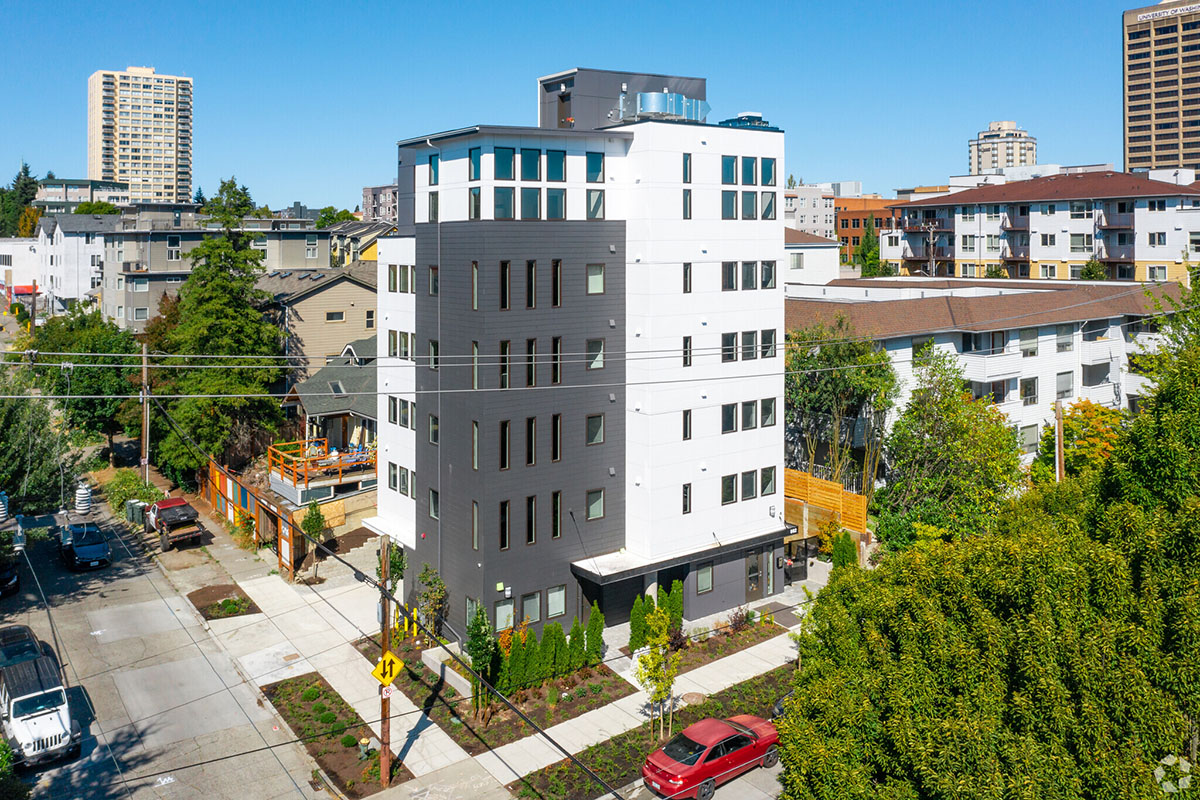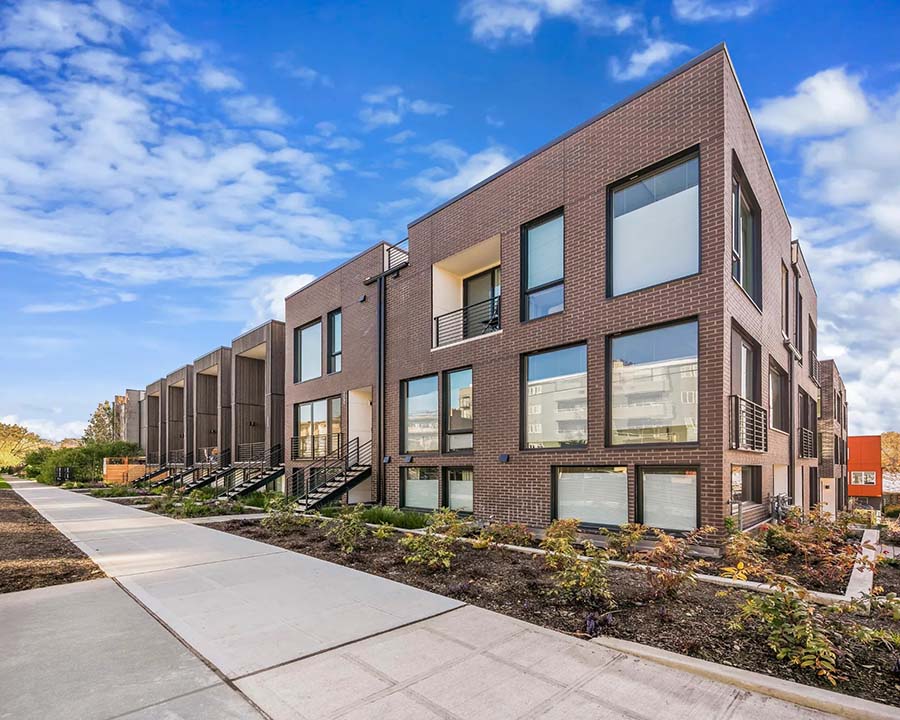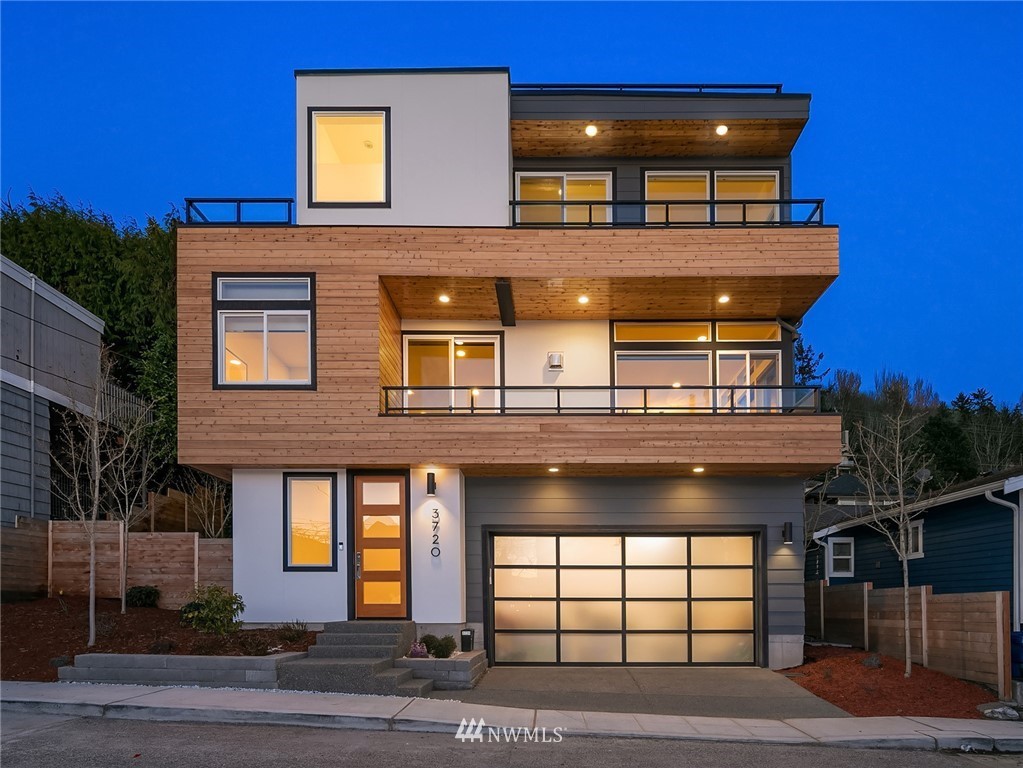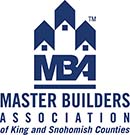Elevating Investments from Concept to Completion
Since 2006, CA James has consulted and contracted with dozens of owners and investors to complete residential and commercial construction projects throughout the Pacific Northwest. Our initial focus on custom home building has evolved with the density and urbanization of the region. Multi-family, small efficiency dwelling units (SEDUs) and apartment buildings now make up over half of our project list.

Plan
A structured and organized set of instructions or strategies designed to achieve specific objectives or goals.
Planning is essential to the success of any construction project. It helps ensure that a project is completed on time, within budget and with the desired results. It involves setting a budget, creating a schedule and defining the scope of the project. A budget outlines the financial resources available for the project, while a schedule outlines the timeline for completing the project. The scope of the project defines the boundaries including the tasks that need to be completed and the resources that will be used. Planning also helps to identify potential risks and develop strategies to mitigate them. By having a plan in place, construction projects can be completed efficiently and effectively.
Develop
To systematically and progressively advance, improve or expand upon a plan over time.
CA James’ approach to developing a construction project involves collaboration with architects, engineers and owners. Together with the owner, CA James and the project team embark on a systematic journey to transform the vision into reality. First, CA James engages with the architects to grasp their design intent and ensure its feasibility within the project’s constraints considering budget, schedule and owner intent. Simultaneously, CA James consults with engineers to analyze structural and technical requirements, identifying potential challenges and devising innovative solutions. Concurrent with design and permitting development, CA James will continually develop the budget, schedule and specifications, confirming compliance with the overall project plan. Regular meetings and open communication foster a cohesive workflow, allowing for seamless integration of design and construction elements. Throughout the process, CA James encourages feedback and suggestions from all parties, promoting an environment of continuous improvement. By harmonizing the expertise of architects, engineers, and contractors, CA James develops a construction process that optimizes efficiency, mitigates risks and ultimately brings the envisioned project to life.
Construct
The process of assembling various components according to specific plans, specifications and owner guidelines.
After an extensive planning and development phase, the process of constructing a project begins, marking the tangible realization of the envisioned design. Construction involves translating architectural plans, engineering specifications and detailed drawings into physical reality. It encompasses the organized coordination of labor, materials and equipment to bring a project to life. Skilled workers and construction teams work diligently, employing their expertise and craftsmanship to assemble, install, and integrate the various components of the project. The construction phase entails precise execution, adhering to safety protocols, building codes and quality standards. Through careful management and supervision, construction progresses systematically, ensuring that each stage is completed accurately and efficiently. As the project takes shape, it demonstrates the culmination of meticulous planning, transforming concepts and blueprints into a building that is functional, durable and aesthetically appealing — all within the owner’s budget, schedule and intent.
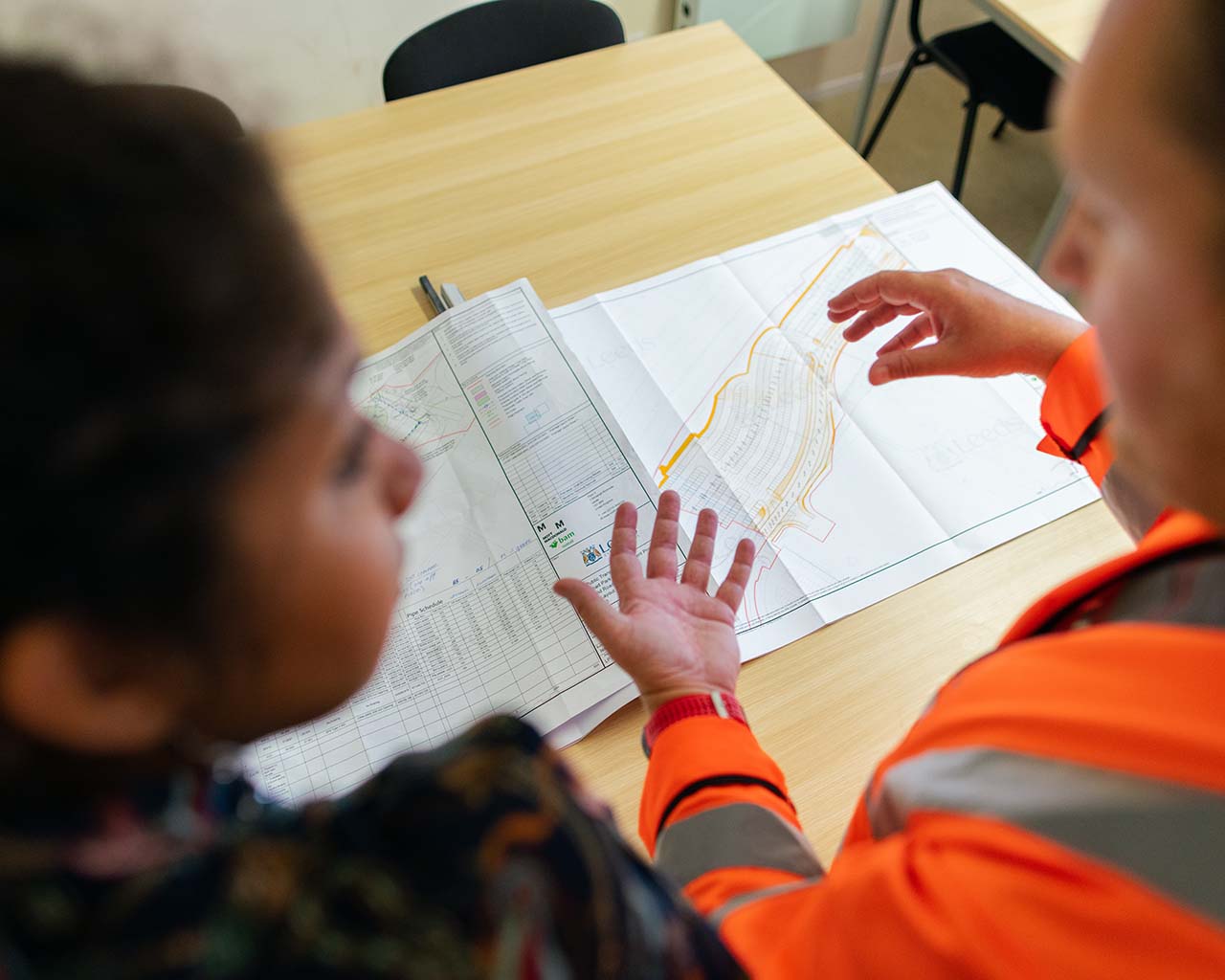
Plan
A structured and organized set of instructions or strategies designed to achieve specific objectives or goals.
Planning is essential to the success of any construction project. It helps ensure that a project is completed on time, within budget and with the desired results. It involves setting a budget, creating a schedule and defining the scope of the project. A budget outlines the financial resources available for the project, while a schedule outlines the timeline for completing the project. The scope of the project defines the boundaries including the tasks that need to be completed and the resources that will be used. Planning also helps to identify potential risks and develop strategies to mitigate them. By having a plan in place, construction projects can be completed efficiently and effectively.
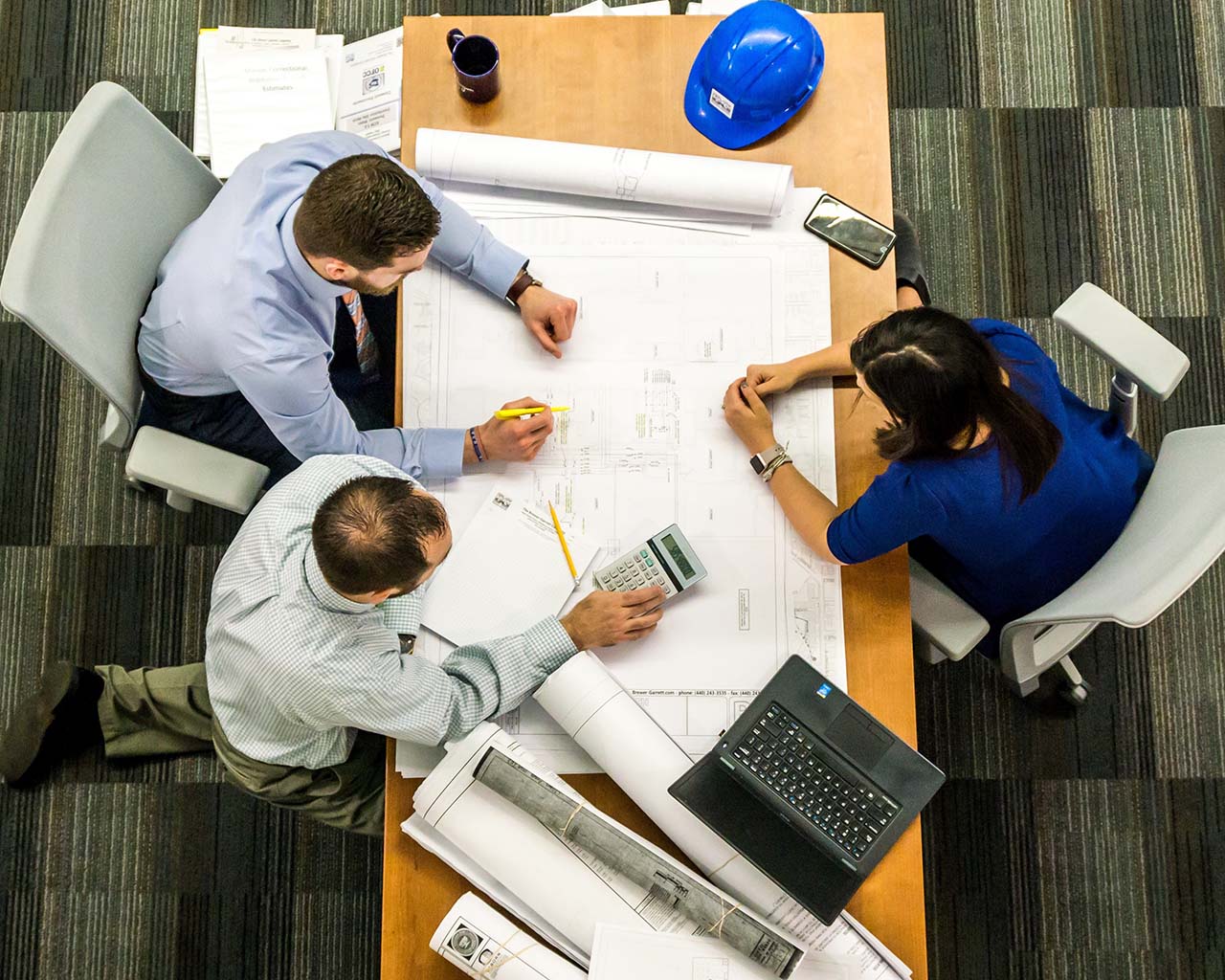
Develop
To systematically and progressively advance, improve or expand upon a plan over time.
CA James’ approach to developing a construction project involves collaboration with architects, engineers and owners. Together with the owner, CA James and the project team embark on a systematic journey to transform the vision into reality. First, CA James engages with the architects to grasp their design intent and ensure its feasibility within the project’s constraints considering budget, schedule and owner intent. Simultaneously, CA James consults with engineers to analyze structural and technical requirements, identifying potential challenges and devising innovative solutions. Concurrent with design and permitting development, CA James will continually develop the budget, schedule and specifications, confirming compliance with the overall project plan. Regular meetings and open communication foster a cohesive workflow, allowing for seamless integration of design and construction elements. Throughout the process, CA James encourages feedback and suggestions from all parties, promoting an environment of continuous improvement. By harmonizing the expertise of architects, engineers, and contractors, CA James develops a construction process that optimizes efficiency, mitigates risks and ultimately brings the envisioned project to life.
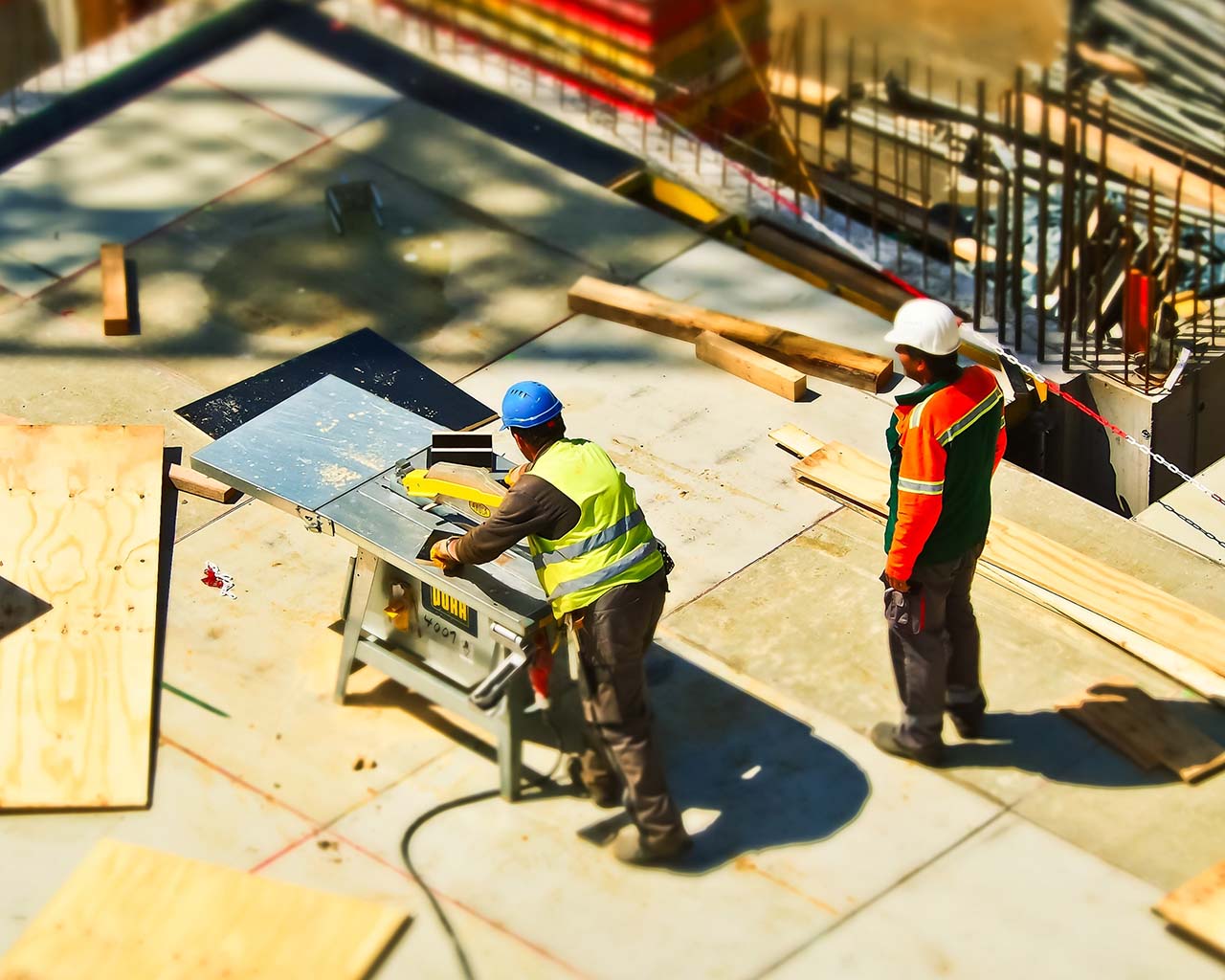
Construct
The process of assembling various components according to specific plans, specifications and owner guidelines.
After an extensive planning and development phase, the process of constructing a project begins, marking the tangible realization of the envisioned design. Construction involves translating architectural plans, engineering specifications and detailed drawings into physical reality. It encompasses the organized coordination of labor, materials and equipment to bring a project to life. Skilled workers and construction teams work diligently, employing their expertise and craftsmanship to assemble, install, and integrate the various components of the project. The construction phase entails precise execution, adhering to safety protocols, building codes and quality standards. Through careful management and supervision, construction progresses systematically, ensuring that each stage is completed accurately and efficiently. As the project takes shape, it demonstrates the culmination of meticulous planning, transforming concepts and blueprints into a building that is functional, durable and aesthetically appealing — all within the owner’s budget, schedule and intent.
